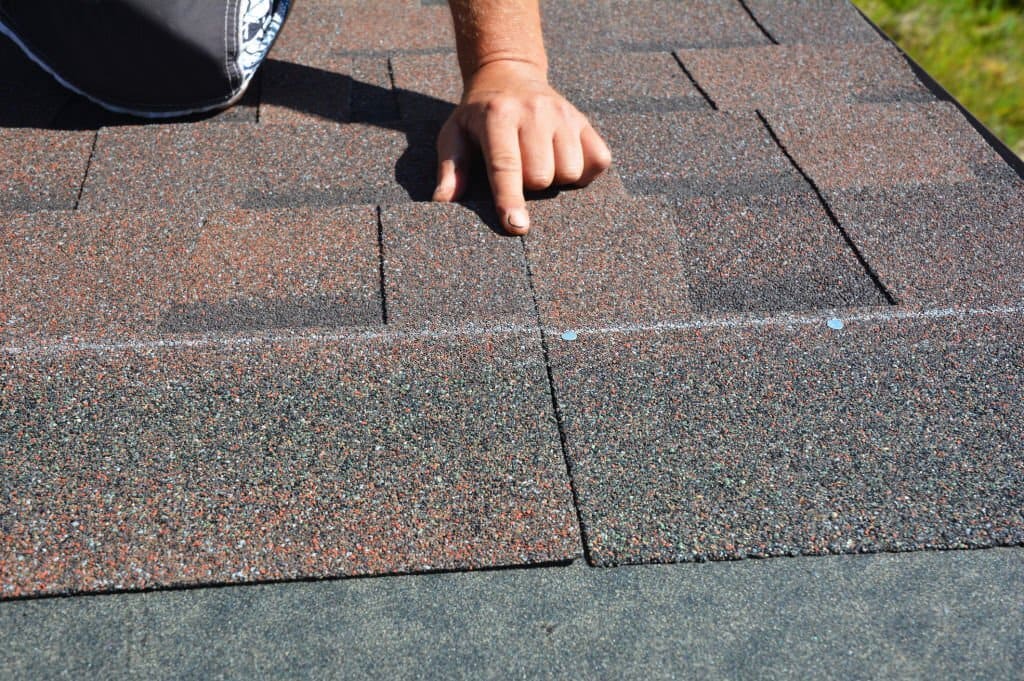
A tile floor consists of three layers -the subfloor, the underlayment, and the surface tile. Tile underlayment is crucial to prevent cracks on the slab that can transfer to tiles you have just installed.
Most importantly, underlayment smooths out uneven spots in a subfloor, thus creating an unbending layer that prevents the floor from flexing underfoot. Any underlayment provides a waterproof barrier between the tile and the subfloor.
Sheet
Using sheets such as Durock or Fiberock as tile underlayment material makes the floor more rigid. The sheet is applied to the wood subfloor to help the up and down movement.
Backer board
Backer board is the most favored tile underlayment option when installing ceramic or porcelain tile. It comes in rigid panels that contain a blend of cement, fiberglass, and sometimes crushed glass particles. Bedding refers to installing a backer board on top of a layer of the thin set that acts as an adhesive. The backer board is secured with screws to the subfloor below. An additional layer of thin set is then applied to the surface of the backer board to finally set the tiles.
Thinset mortar comes as a powder and must be mixed with water. It is then applied with a notched trowel, either on the surface of the backer board or a concrete slab. Using thinset as adhesive, tiles can be directly installed on top as long as a concrete slab is flat and contains no cracks. However, if the slab is cracked or uneven, it must be patched and leveled before installing the tiles. Please note that the thinset must be allowed to rest for at least 10 -15 minutes before use. If the thinset is not allowed to slake, it won’t stick to tiles or backer board.
Pourable self-leveling products should be mixed with water to form liquid consistency and then poured on the surface. It is then evenly spread with large push-type trowels or rollers. Because of its liquid consistency, the product seeks its level in low areas and uniformly spread on the floor surface. However, before installing the tile, the product must be allowed to dry for 24 hours.
Membranes are made of polyethylene and come either in the form of rolls or thin sheets. They are easy to install and offer benefits like waterproofing and soundproofing. You can also use a crack isolation membrane that protects the tile from existing issues with the subfloor. tile underlayment membrane
Popularly known as SLU, self-leveling underlayment is designed to flatten or level a floor surface before installing tiles. However, the floor surface must be primed properly with suitable products and allowed to dry. You need to pay extra attention while applying SLU so that once the application is complete, the laser, bubble of level, or transit must indicate an even surface level. How to Use Self-Leveling Underlayment
Critical factors to consider in an SLU project –
Underlayment does a great job to ensure that the finished tile installation looks the way it should be flat, even, and lippage-free.

Welcome to Tile Pro Depot! We established this site to service the specific needs of the tile installation professional. Tile installation tools, tile setting materials, premixed grout and more tile installation products online at Tile Pro Depot.